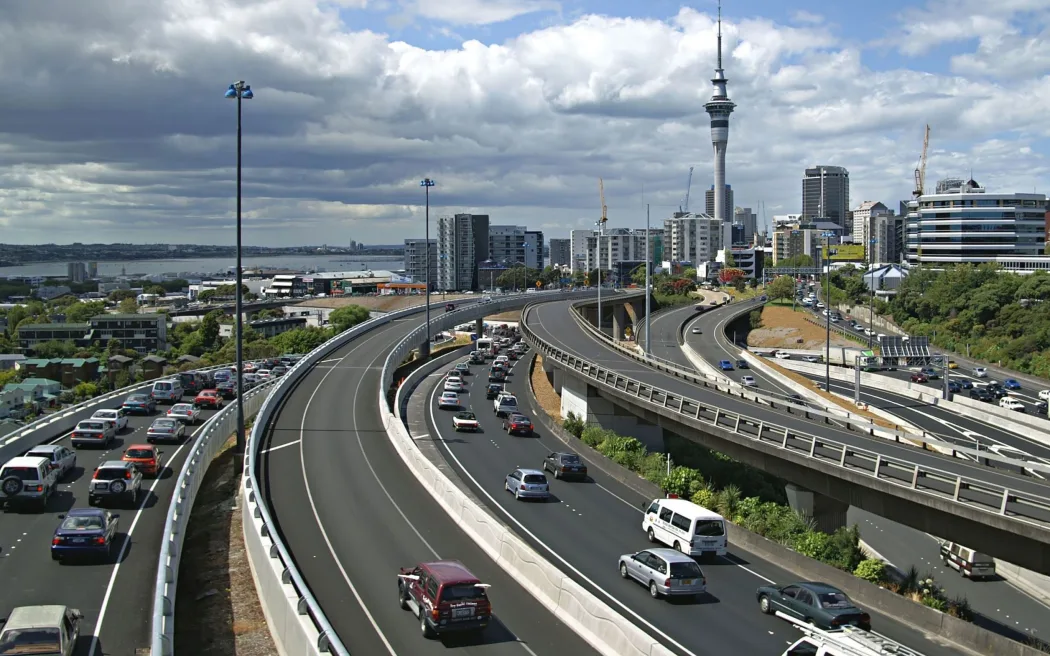Certain commercial vehicles, “work-related vehicles” as defined in IRD Fringe Benefit tax guide IR409-2022 can be taken home by employees and the related travel not be considered a fringe benefit. You must give employees a letter explaining the restrictions. It is not sufficient just to include an appropriate clause in the employment contract.
Travel to and from work is exempt from FBT and travel which is incidental to business travel. Inland Revenue gives the example of passing a bank on the way home from work.
There is also a requirement for the employer to check at least once a quarter to ensure compliance.
Cars (ie not “work-related vehicles”) are treated differently. There is no right for an employee to take the vehicle home and still be exempt from Fringe Benefit Tax, apart from emergency calls, as defined in IR409-2022.
In some cases, the business actually operates from home and therefore both cars and commercial vehicles travelling from their home to clients/customers could still be considered to be at work travel. Fringe Benefit Tax would not apply.
However, if an employee, who just works at home as a matter of convenience and from time to time uses the company car to get from home to an actual place of work, for example a general medical practitioner travelling to the health centre each day, use of their company car would be a fringe benefit.
SOLE TRADERS AND PARTNERS IN A PARTNERSHIP
Sole traders and partners in a partnership do not pay FBT on business vehicles they use. You instead make income tax and GST adjustments for private use of the vehicle.
DOUBLE CAB UTES
There could be an issue with twin cab vehicles not being considered work-related. These vehicles seat 4 people and have a shorter cargo bed than a regular work-related vehicle. However this does not mean they are automatically exempt from FBT. These vehicles still need to meet the conditions below:
- Employees must be provided with a letter of restriction stating that the work related vehicle is not available for private use except for travel between home and work, and for travel related to the business.
- Checks need to be done quarterly (every 3 months) to make sure employees are only using the vehicles for work-related purposes.
BUSINESS TRAVEL EXEMPTION
If an employee regularly travels with a vehicle, FBT may not apply when:
- they stay away from home overnight with the vehicle
- they are away for more than 24 hours
- they need the vehicle to perform their work.
Sources:
Tax-e-mail Issue 2404
Disclaimer
Unfortunately, with details changing all the time and at such speed, we need to add that the above content is correct at the time of writing as far as the author is aware and is very much subject to change. We have, to the best of our ability, acknowledged any shared content. All related links provided to the corresponding websites are subject to change as they are live links.


